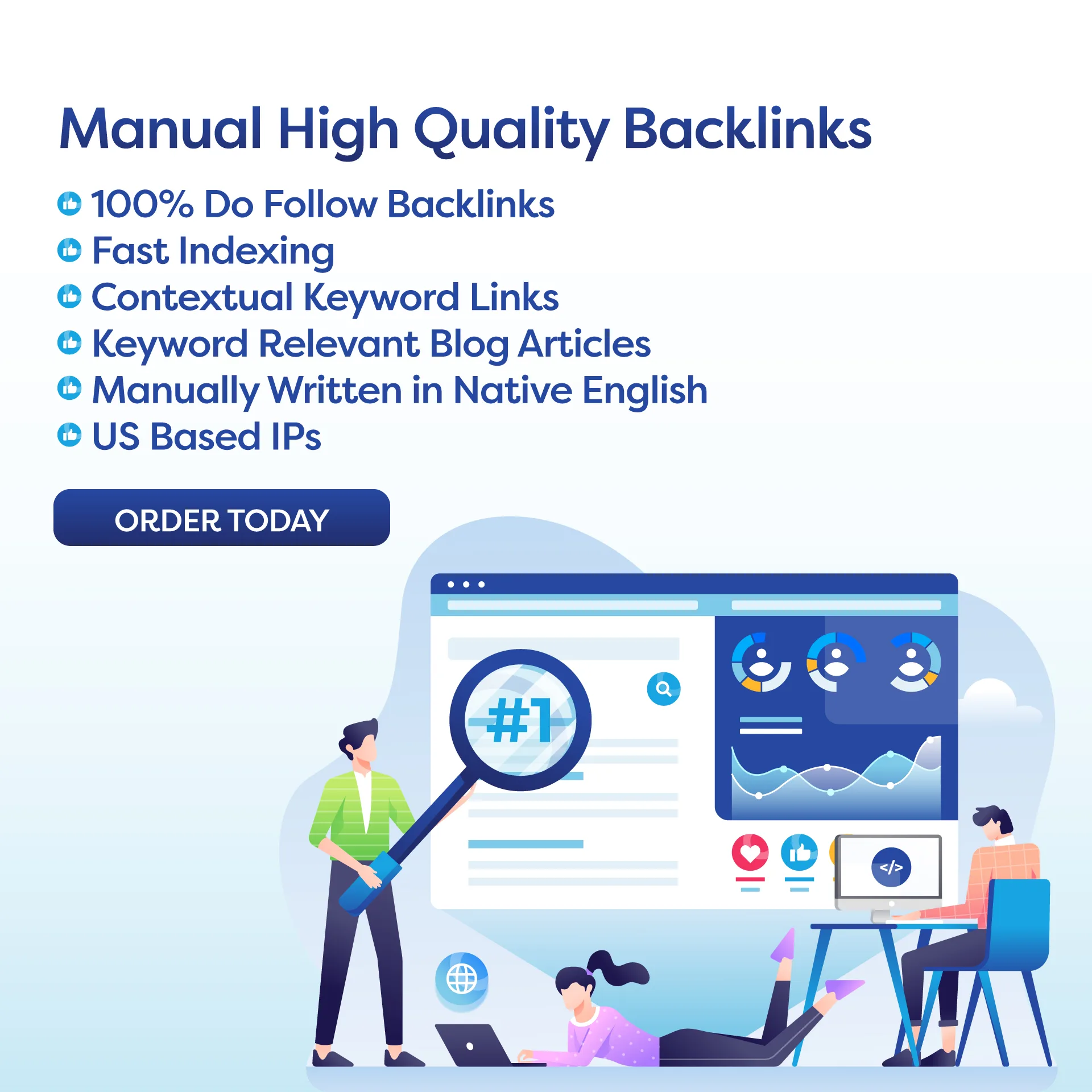Learn how to create responsive designs that ensure a seamless experience across all devices.Introductory paragraph:
Responsive website design has become a crucial aspect of website design Hickory, NC in today’s digital age. With the increasing use of mobile devices, a website that looks good and functions well on all screen sizes has become a necessity. The term “responsive design” refers to a website’s ability to adapt and adjust its layout and content based on the device it is being viewed on. In this article, we will explore the importance of responsive design, its benefits, and how to create a responsive website that ensures a seamless user experience across all devices.
The Importance of Responsive Design
With the rise of smartphones and tablets, it has become essential for websites to be optimized for different screen sizes. A responsive design ensures that a website looks good and is easy to navigate, regardless of the device it is being accessed on. It eliminates the need for users to zoom in or scroll horizontally, making the browsing experience more comfortable and enjoyable. In today’s fast-paced world, where people use multiple devices to access the internet, having a responsive website is crucial to reach a wider audience and stay ahead of the competition.
Benefits of Responsive Design
Apart from providing a seamless user experience, responsive design has numerous other benefits. One of the primary advantages is improved search engine rankings. In 2015, Google announced that mobile-friendly websites would be given higher priority in search results. This means that having a responsive website can significantly boost your website’s visibility and attract more organic traffic. Additionally, a responsive design also allows for easier website management as you only need to update and maintain one website instead of multiple versions for different devices.
Creating a Responsive Website
The key to creating a responsive website is to use a flexible layout that can adapt to different screen sizes. This can be achieved by using a grid-based layout, flexible images, and CSS media queries. A grid-based layout allows you to divide your website into columns and rows, making it easier to rearrange elements for different screen sizes. Flexible images, on the other hand, can adjust their size based on the screen without losing their quality. CSS media queries enable you to set different styles for different screen sizes, ensuring that your website looks good on all devices.
Conclusion:
In conclusion, responsive website design is an essential aspect of web development that cannot be ignored. It not only provides a seamless user experience but also has numerous benefits such as improved search engine rankings and easier website management. By using a flexible layout, images, and CSS media queries, you can create a responsive website that looks great and functions well on all devices. So, if you want to reach a wider audience and stay ahead of the competition, investing in responsive design is a must.
FAQ:
Q: What is the meaning of responsive design?
A: Responsive design refers to a website’s ability to adjust its layout and content based on the device it is being viewed on.
Q: Why is responsive design important?
A: Responsive design is important because it ensures a seamless user experience, improves search engine rankings, and makes website design Hickory, NC management easier.
Q: How can I create a responsive website?
A: To create a responsive website, you can use a grid-based layout, flexible images, and CSS media queries to make your website adaptable to different screen sizes.

